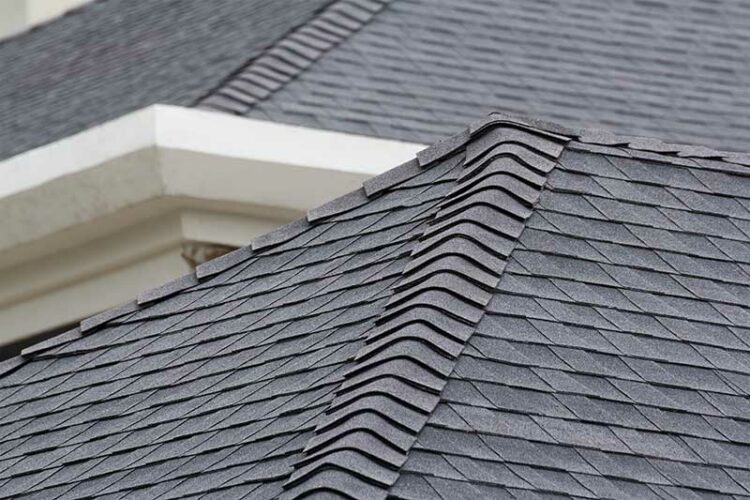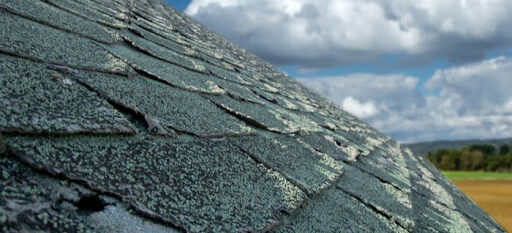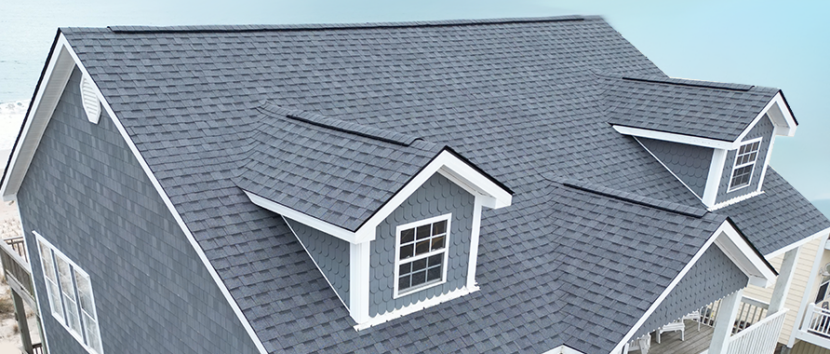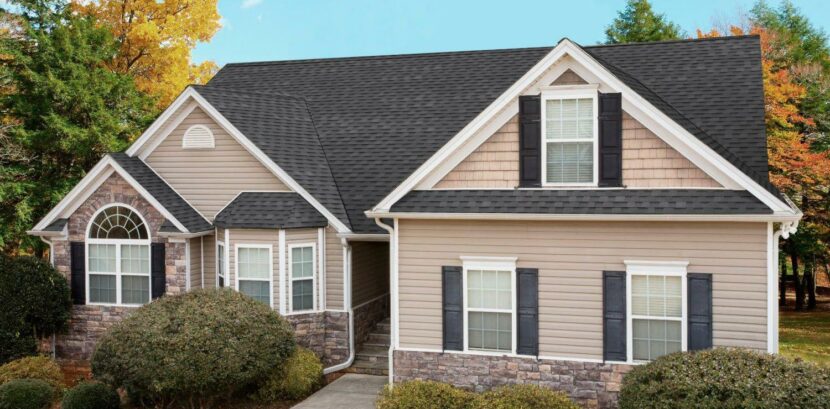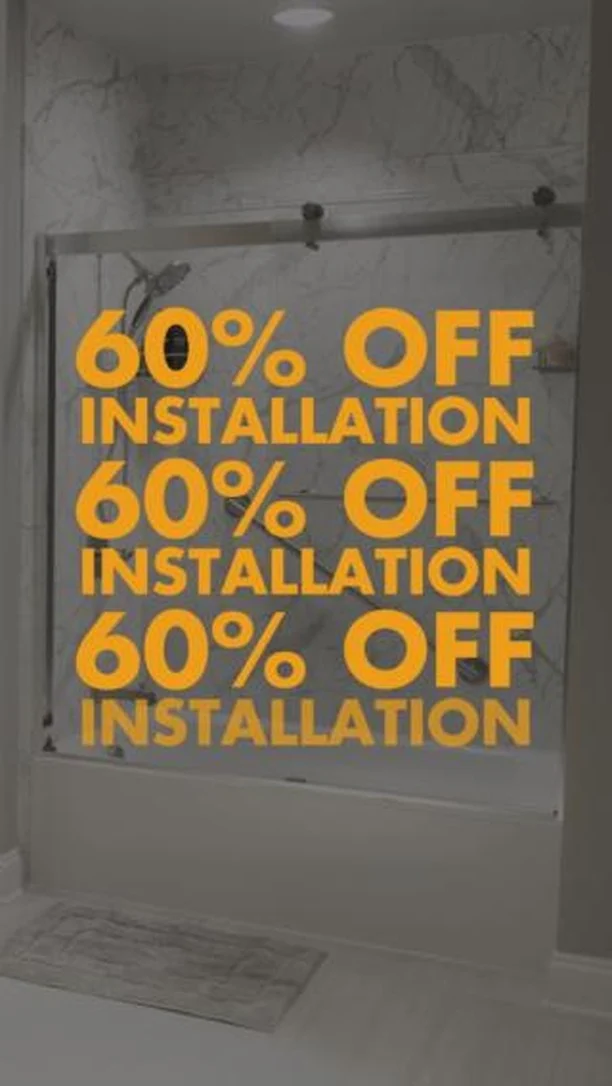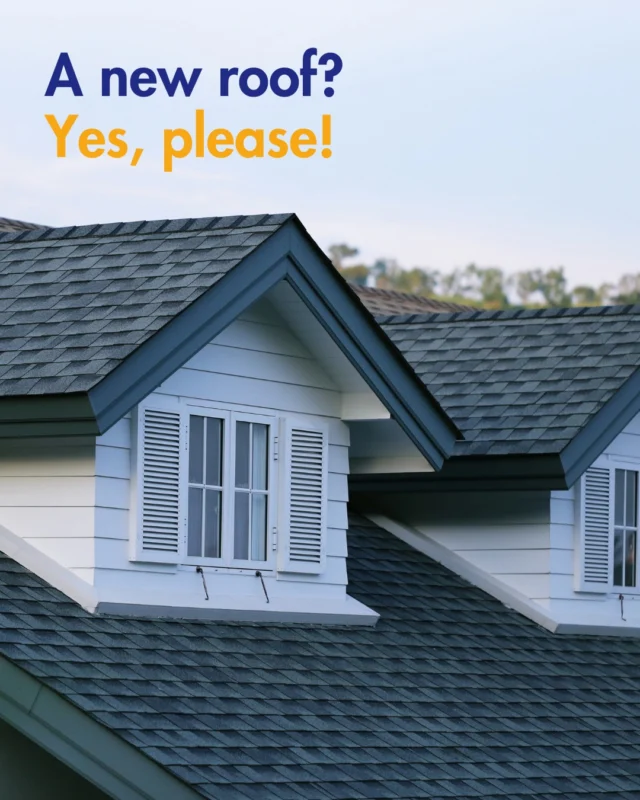Flat Roofs
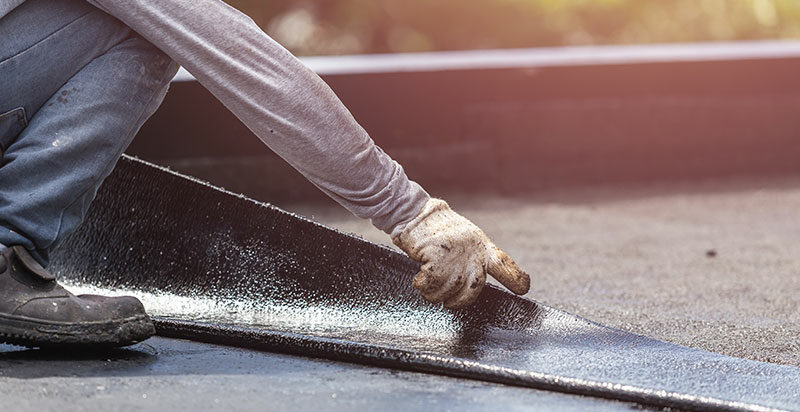
The flat roofing systems market was worth over $52 billion in 2021—a number that’s expected to grow to $62 billion by 2026. The blue planet is thrilled at that prediction.
Flat roofs are the first step towards green roofs, after all. They can accommodate solar panels, self-adhesive roofing membranes, and vegetative roofing. If you’re more concerned with style than substance, flat roofing still has plenty to offer.
It’s sleek, space-creating, and undeniably sophisticated. It’s a minimalist’s dream, and it won’t even empty your bank account in exchange for its unmatched sophistication.
Flat roofing benefits
Eco-friendliness is flat roofing’s highest purpose. Green roofs can act as rainwater buffers while simultaneously purifying the air. They’ll improve your thermal resistance so that you can spend that HVAC money on greener pursuits.
This form of climate-proof construction is a super-insulator that offers extra outdoor living space while extending the lifespan of your roofing. Your neighborhood birds will thank you for the addition, and there’s no better roof for optimizing your solar panels. It’s finally become viable to separate from the grid.
Flat roofing is remarkably economical with your interior space. There simply isn’t a better design for maximizing the square footage of your top floor. It’ll also support an array of architectural styles, from flat Adobe and Federal Colonial to Mediterranean and Mid-century modern.
If you’re concerned about siding coverage, the Prairie School offers just as much style with a wider overhang.
Get a Free Estimate Today
60% off installation. Special financing available. See details.
Flat roof pros and cons
Flat roofing is as affordable as it is beautiful. It can be cleaned in a jiff and makes HVAC installation decidedly easier. Contrary to its label, it needn’t be completely flat, though.
Roofing fits the category if it achieves an angle of 5% or less. That means you can take advantage of the additional drainage that comes with a subtle slope.
Every yin has a yang, and flat roofing is no different. It will never compete with the drainage of a pitched roof, but with the right engineering, you can minimize that drawback. A well-designed flat roof will tolerate heavy precipitation build-up and allow melting snow to roll away.
Accommodating advanced roofing systems
Built-up roofs (BURs) have become mainstays in the flat roofing space for their density and UV resistance. They’ve been circling the market for more than a century for excellent reasons. They’re David to the Goliath that is heavy precipitation.
They make easy work of snow, and if you’re a lazy homeowner, BURs are your secret weapon. They’re low-maintenance despite their 20-year lifespans.
That said, you don’t need to give up your EPDM dreams in exchange for a flat roof. Rubber membrane will give you a grand total of 30 years in exchange for extreme energy efficiency and resiliency. It withstands temperatures of between -58 and 302 degrees. That’s not an easy range to perfect.
Modified bitumen will give you five layers of protection and thermal performance, but a metal roof is just as viable, but green roofing systems remain the crowning glory of the flat roofing world. These eco-friendly alternatives can offer structural soundness and a huge collection of lush plants.
Homeowner benefits
Flat roofing is allowing governments around the world to improve their housing infrastructure quickly and affordably, so its benefits for homeowners on tight budgets are particularly tempting. It’s become a growing preference among single-family homes.
That doesn’t make it a second-class feature. Quite the contrary- shallow roof angles can create extra floors and offer better continuity of design. The first flat roof was built all the way back in 5700 BC, but the architecture industry is falling in love with the aesthetic all over again.
Need help with a roofing project? Click here for a free estimate from 1-800-HANSONS.
Related Articles:
How to shingle a roof
Gable roofs
Slate roofs

